A new company called Slate Auto — backed by Amazon founder Jeff Bezos, among others — just rolled out its first vehicle, a modular truck/SUV so basic it doesn’t come with paint, heated seats, power windows, speakers, aluminum wheels, or even an infotainment screen. And yet, at around $25,000, it’s not exactly cheap. That’s because it’s fully electric, which in my opinion is the wrong powertrain choice for a high-volume “people’s car,” at least right now. Here’s why.
The headline you see above might get me in hot water with eco-minded car journalists, but I have to be honest: I think going fully electric with a budget-minded vehicle just isn’t the move right now.
![]()
Slate showed me around its headquarters earlier this month, pointing out the fascinating new vehicle it had engineered — a “back to basics” machine missing many of the features most Americans generally expect in a modern car. The whole concept is refreshing given the heavy “trimflation” and elevated MSRPs of modern cars, and as Slate’s rep showed me how spartan its truck was, I couldn’t help but become more and more excited. I have for years believed that modern vehicles have become far too expensive and far too jam-packed with features that the layperson doesn’t need to get to and from work.
And yet, when the Slate rep told me the truck’s price, I couldn’t help but be disappointed.
The Content Per Dollar Ratio Doesn’t Seem Competitive (Depending On Rebate/Tariffs)
Mid-20Ks. Roughly the price of a Subaru Crosstrek.
To be sure, EV incentives would bring the Slate’s price down below $20,000, which is cheap for any new car, but given the precarious nature of the $7,500 new clean-vehicle incentive, it’s possible this new Slate will cost consumers over $25 big ones when it launches in late 2026. And $25+ grand for a car with no paint, no infotainment system, and no radio is just not competitive at all.
Have you seen how much car you get when you buy a $21,895 Chevy Trax or $21,885 Kia Soul? Here’s the Slate’s interior:
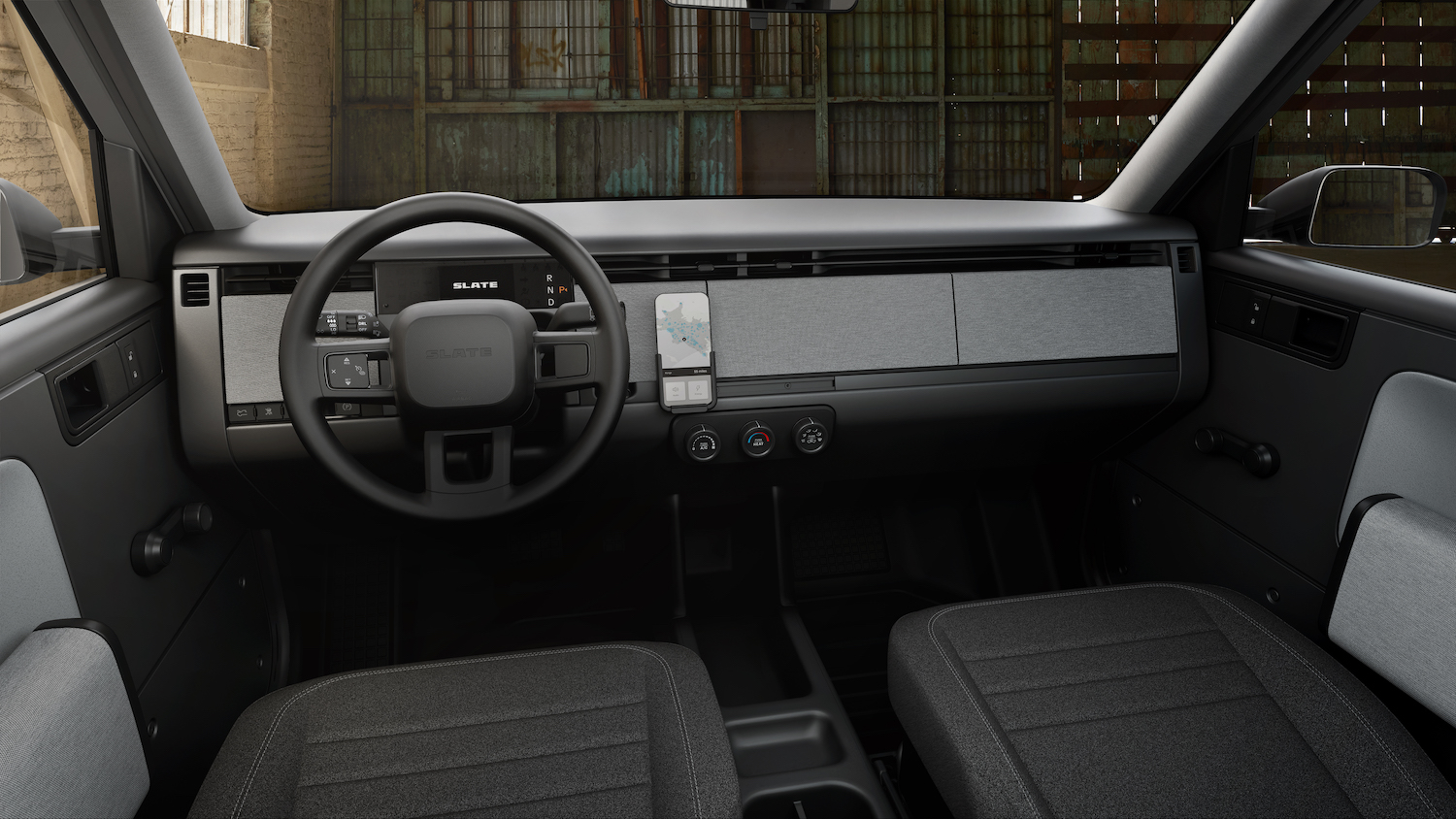
And here’s the Trax’s and Soul’s:

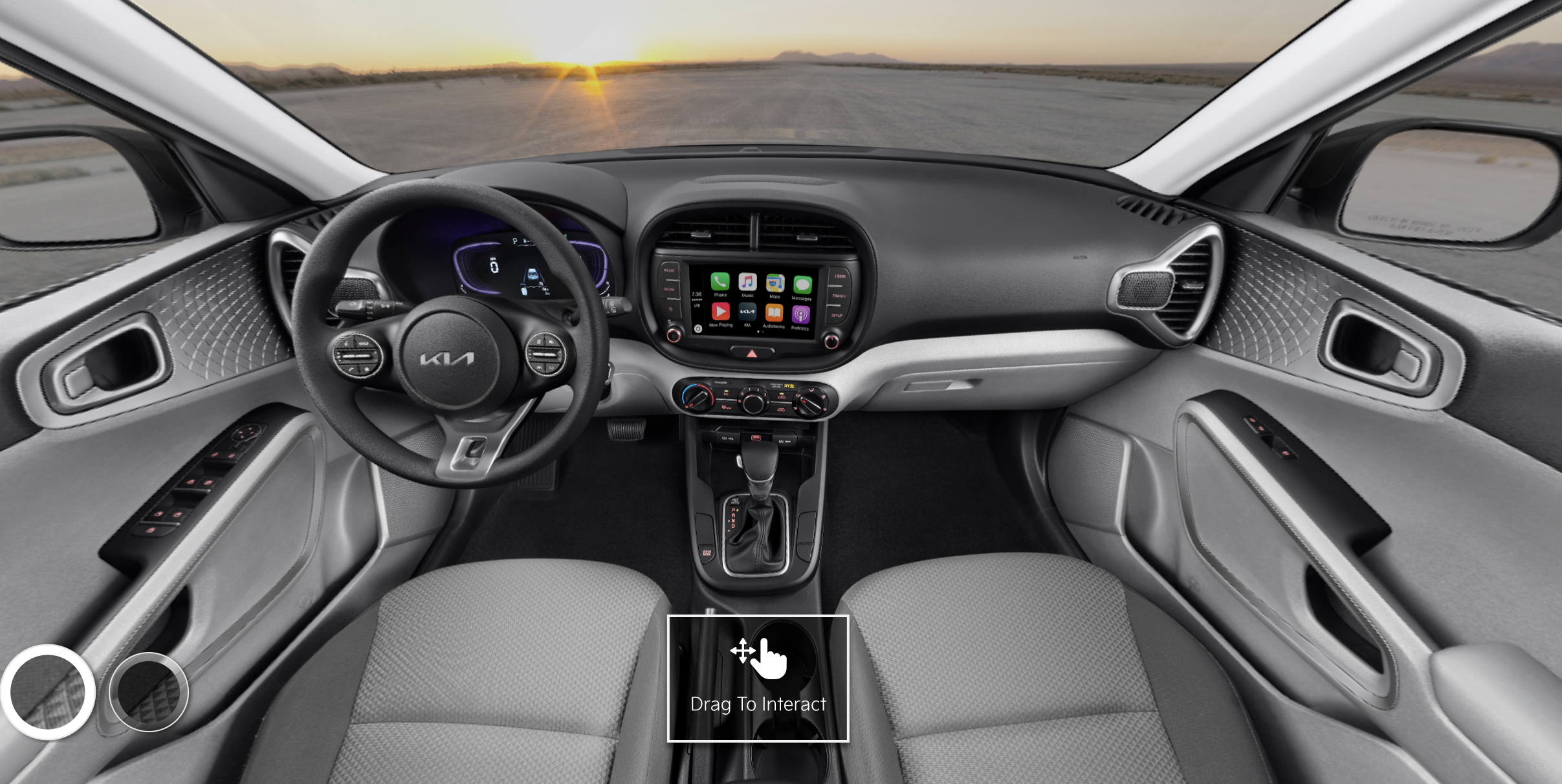
Here’s how the Slate comes from the factory, paintless and with only two doors:

And here’s the Trax and the Soul — colorful and door-rich:
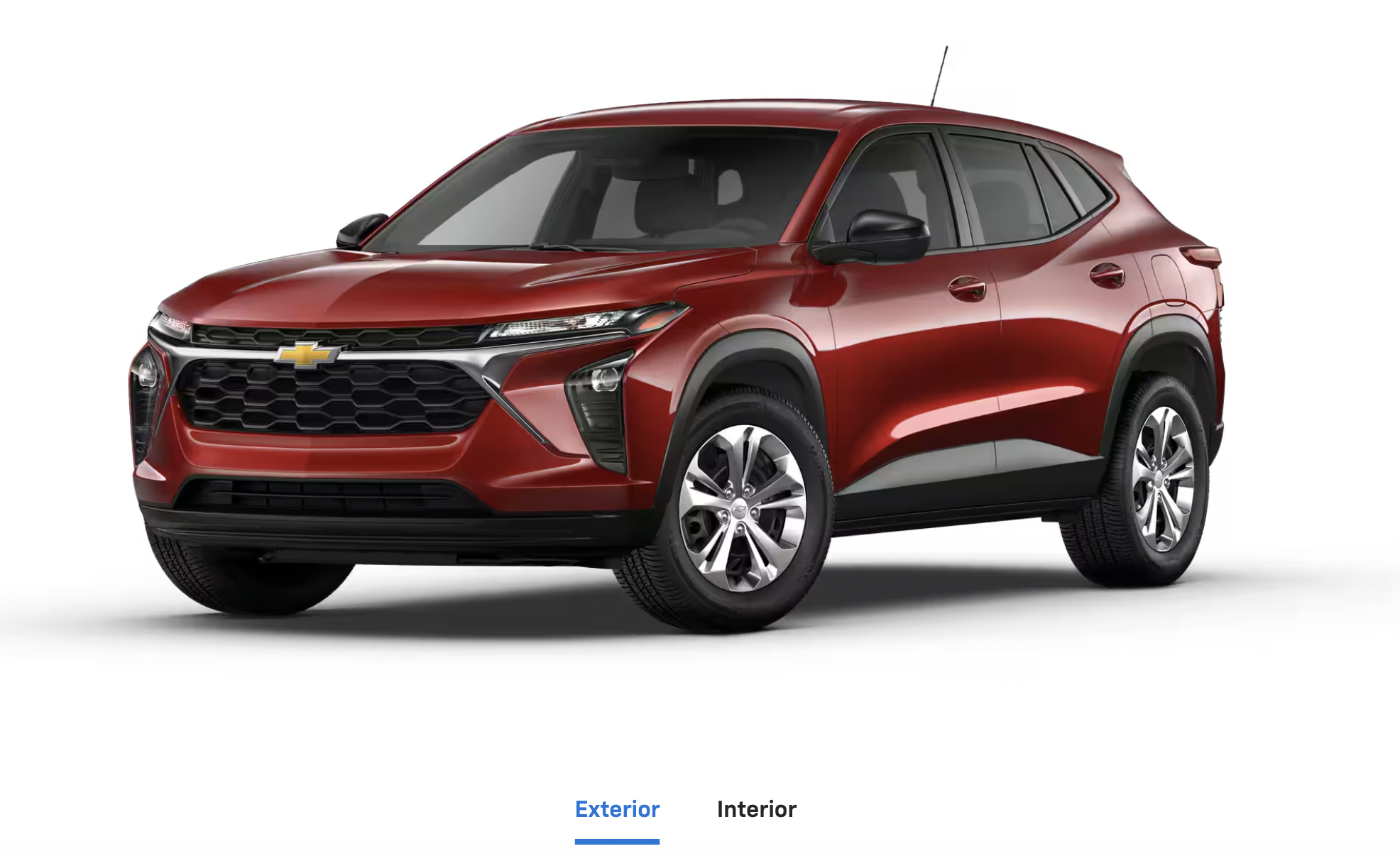

Right about now, you’re probably looking at the pictures above thinking: “OK, so those are dirt cheap cars that do have more creature comforts than the Slate, but even if I think the Soul is fun and the Trax is handsome, The Slate looks so much cooler!”
And I agree! But another SUV with plenty off-road-ish cool-factor is the Subaru Crosstrek, which starts at a reasonable $27,230 — right around what the Slate costs sans rebate. And not only does it have four doors, but it comes with standard all-wheel drive, while the Slate is rear-drive only. Plus, look at everything else it gets in the interior:
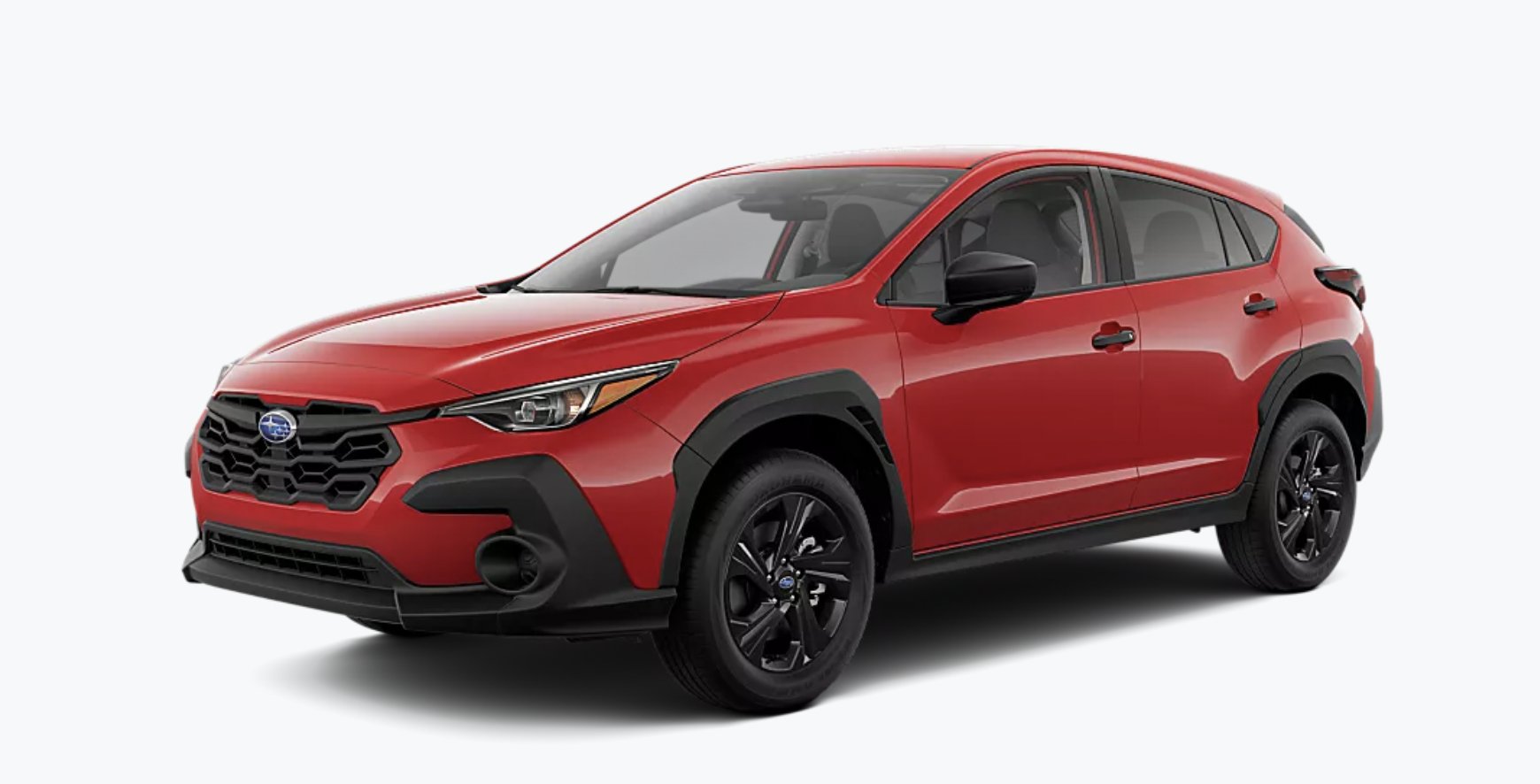
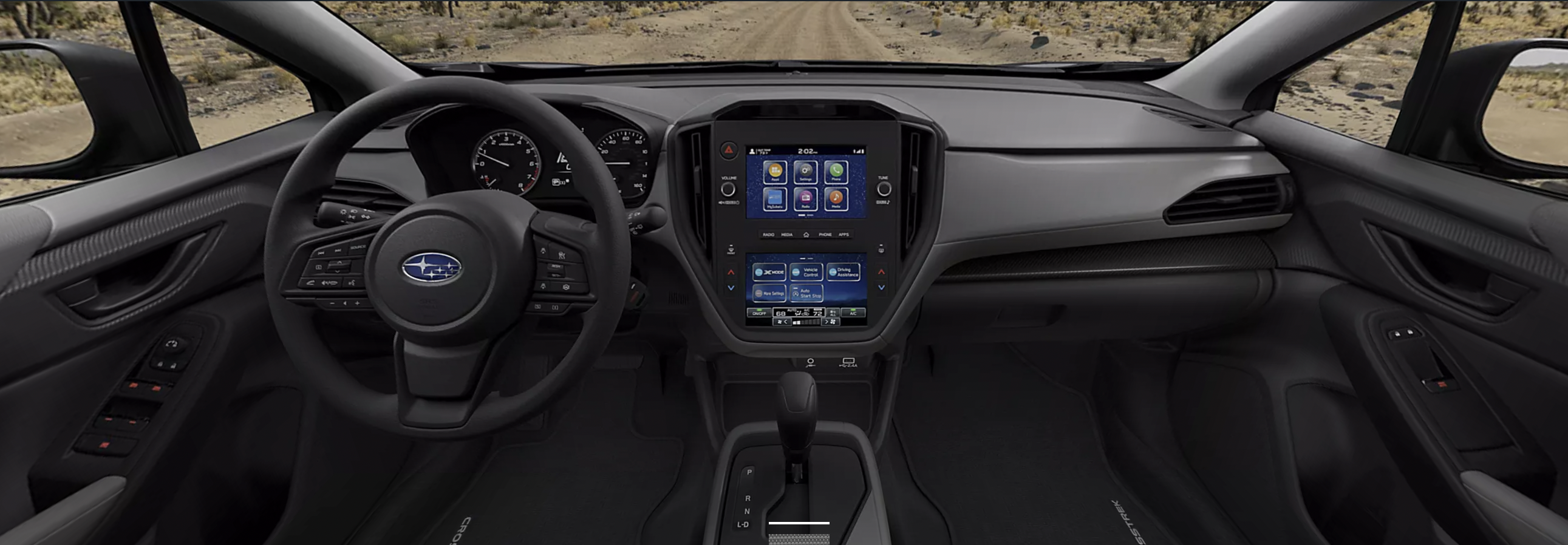
We also have to talk about the other small pickup truck built by an American company: The Ford Maverick. Though the 2024 model cost about the same as the Slate, the 2025 model is now up to $29,285 for the hybrid and $29,860 for the turbo four.
That’s decently more change, though the Maverick clearly at least five grand more car, with the turbo coming with a four-cylinder and eight-speed automatic that will get the truck to 60 mph in under 6.5 seconds compared to the Slate’s 8 seconds (which is about the same as the 38 MPG hybrid Maverick’s 0-60). But it’s not the acceleration that matters, it’s the standard four doors (which is huge to U.S. consumers) and other standard content.
The Maverick looks fantastic, it’s got power windows and an infotainment system, plus it’s got double the towing capacity and a little more payload capacity than the Slate, and all still under 30 big-ones.

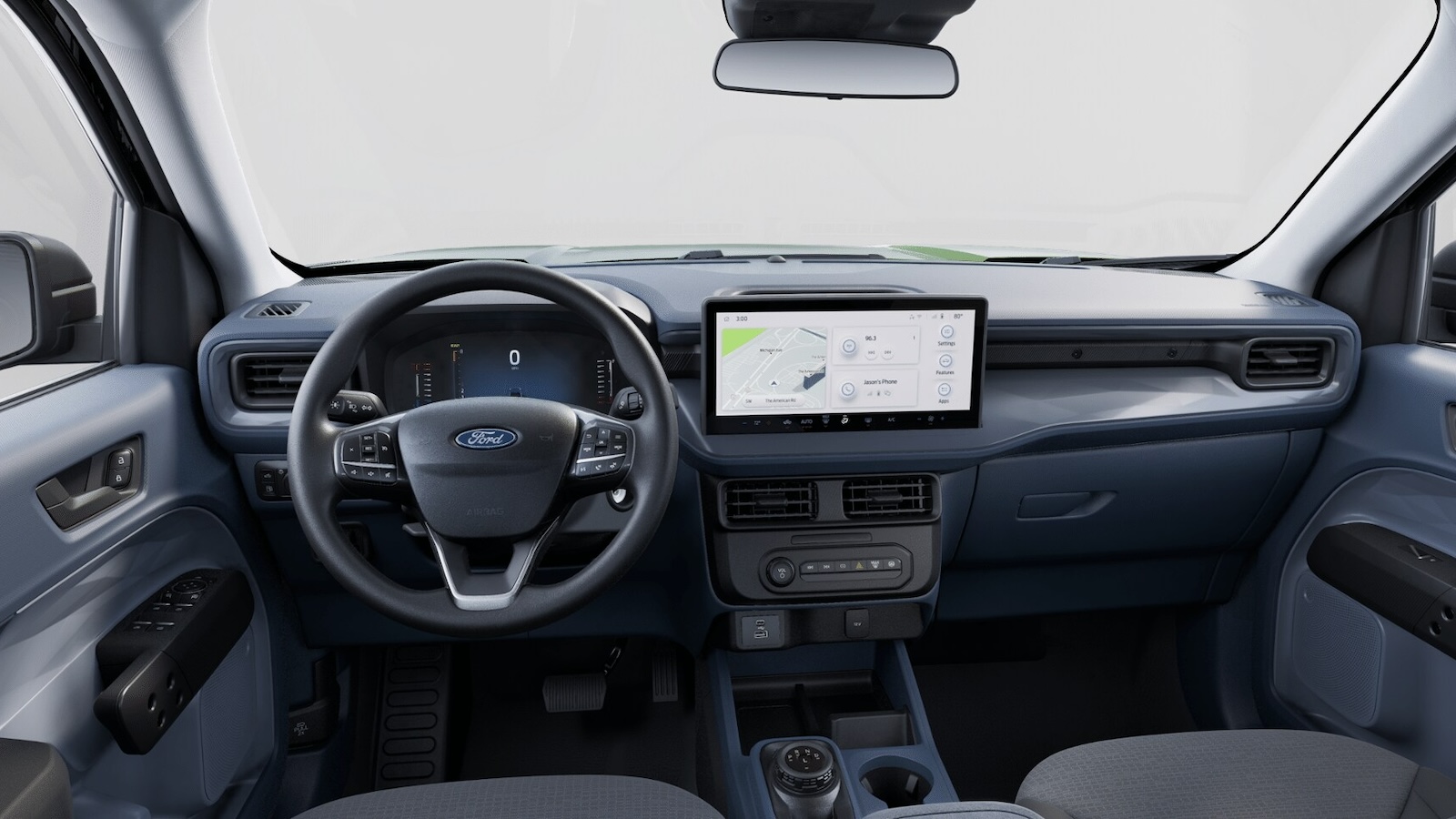
So it’s pretty clear that, especially if that EV rebate goes away and this slate costs $25,000 or $27,000 or something in between, the consumer is getting way, way less content per dollar when compared with other budget cars out there.
That said, some of the cars mentioned above — the Trax, Soul and Maverick — are built in other countries, and given the threat of heavy tariffs on imported cars, it’s possible that these vehicles could see a price hike that would make them pricer than the America-built Slate. The Crosstrek, though, is built in the U.S.
But especially if the tariffs end up being just a threat, and deletion of the EV rebate becomes more than a threat, then reality is that, given all the cost cutting, the Slate won’t really be a cheap car, it’ll just be a cheap EV. And whether someone at the bottom of the new-car market is willing to give up standard features and pay more money just to have an EV, I’m not so sure, especially given the challenges associated with EV still to this day. Let’s get into that.
A 150-Mile-Range EV Isn’t Really The Right ‘People’s Car’ For America
When Slate set out to build this truck, the goal was to create a true People’s Car — something budget-friendly for the masses. The vision was a “back to basics, only the essentials truck, and the narrative did outline low-cost solutions for suspensions and minimal-size battery that gets 150 miles of range,” said Eric Keipper, head of engineering at Slate.
He told me the goal was a “Minimal size battery that allows us to optimize for the customer’s commuting needs.” As for a gasoline motor, he said that was “not a consideration,” going on to say: “Literally the first drawing that I put on the whiteboard was how we package the battery.”
“If you’re gonna bring a new car to market, it’s gonna be a BEV,” he told me, saying it’s the right solution given where the industry is going and all the improvements in charging infrastructure.
I respectfully disagree.
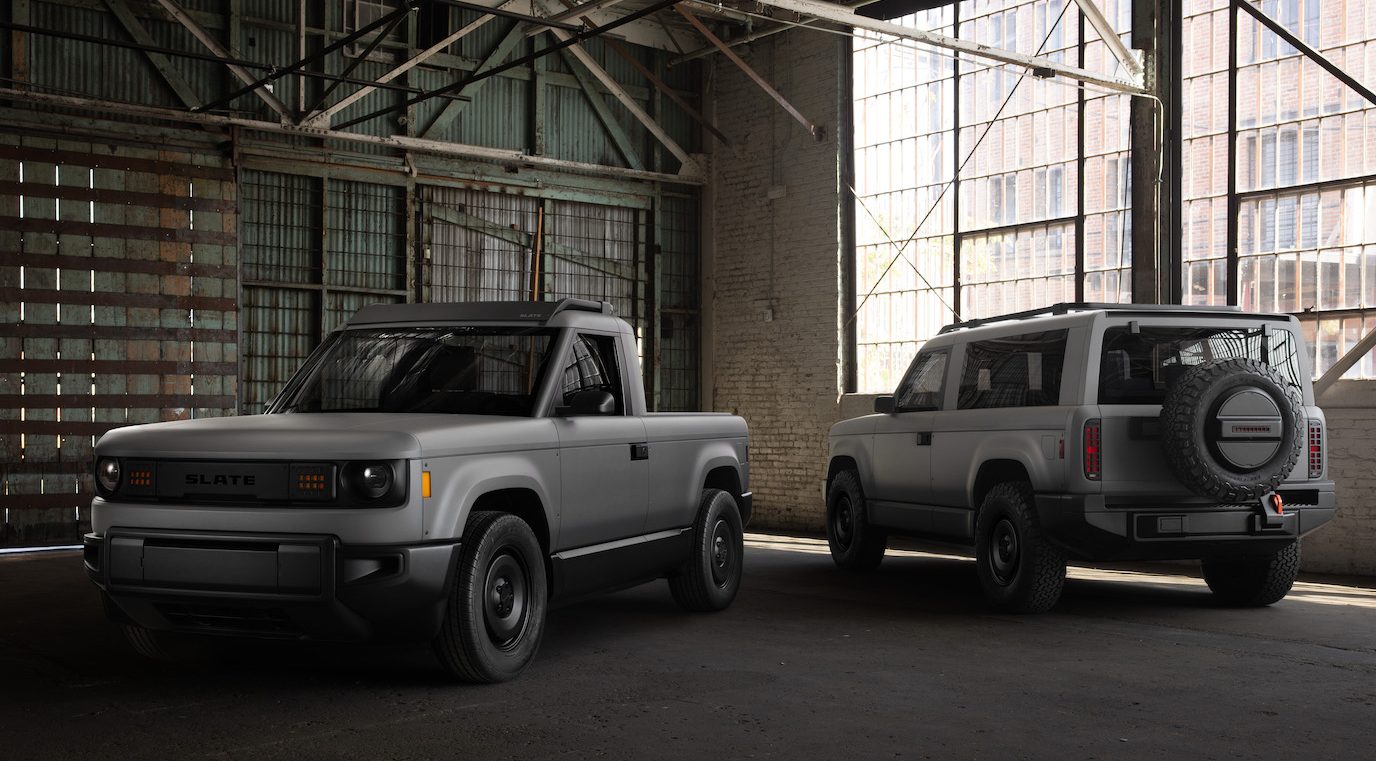
I think there are a few problems with choosing an EV as a people’s car in 2025. The first has to do with the political climate and the very possible removal of EV rebates, which will only amplify the cost issue: even a “cheap” EV is expensive when compared to a similarly equipped gas car (or even a hybrid, in some cases).
Second, 150 miles isn’t enough range.
I realize that most commutes are much shorter, but that simply does not matter to many consumers. Car purchases are not rational, and proof of that requires looking no further than the current crop of EVs on the road; think about how many people buy 300+ mile Teslas and Rivians and Hyundais — they’re all probably spending over $10,000 extra and adding over 1,000 pounds of weight to their car just to have some extra range they rarely need.
Look at the prices of 2019-2021 BMW i3 Rexes versus BMW i3 BEVs — both of them offer about 150 miles of range, and most people with the range extender pretty much never use it (me included). And yet range extender-equipped i3s are far more valuable than otherwise equivalent fully electric i3s. People want a backup. Whether that’s in the form of a gas generator or excess battery capacity, I truly think the average person — especially if they live in a cold climate, where 150 miles might actually be 120 — sees a 150-mile BEV as a second car, not an only car.
And when we’re talking about the bottom of the consumer market, the idea that budget-oriented folks are going to buy two cars, with the second helping fill in their brand new EV’s practicality gaps, is a bit silly.
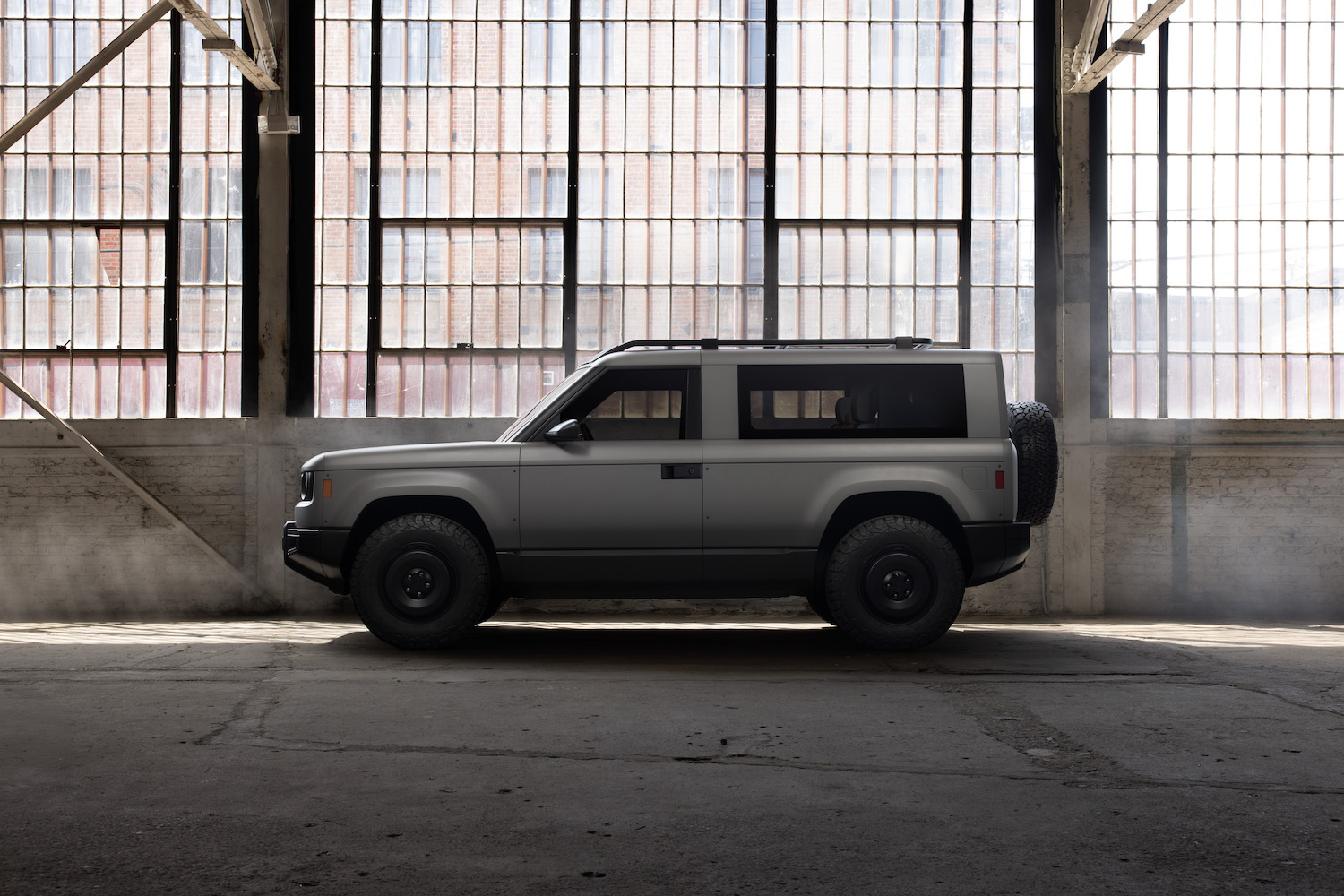
Beyond that is the fact that many people shopping at the bottom of the market do not have a single-family home in which to charge their car. Apartment and condo-dwellers often have to park outside or in a poorly-equipped parking garage. For them, a 150-mile EV is problematic, as it likely means having to charge multiple times a week at a public charger.
And that’s its own issue: charging infrastructure and utility rates aren’t ideal. I live in LA, California, where EV charging infrastructure is better than that of 99% of the United States. And yet, it can still be a big pain in the arse. Of course, Slate will use the NACS plug that presumably works with Tesla Superchargers, so finding a charger shouldn’t be too bad, but the cost thing is still a concern.
Juice from public fast-chargers — which many people living in apartments would have to rely on — can often be more expensive than gasoline on a per-mile basis. I found that out when driving the Rivian R1S to Las Vegas; at one charger, I paid 66 cents per kWh! But even at a more reasonable 40 cents per kWh, if this Slate manages a good 3.4 mi/kWh on the freeway; that’s $4 to go 34 miles. Given current gas prices in California, that’d cost about the same as gasoline for a 41 MPG gas vehicle. You’d spend less money filling up a new 56 MPG Prius, which you can get in the upper $20K range (of course EVs are easier to maintain, but still).
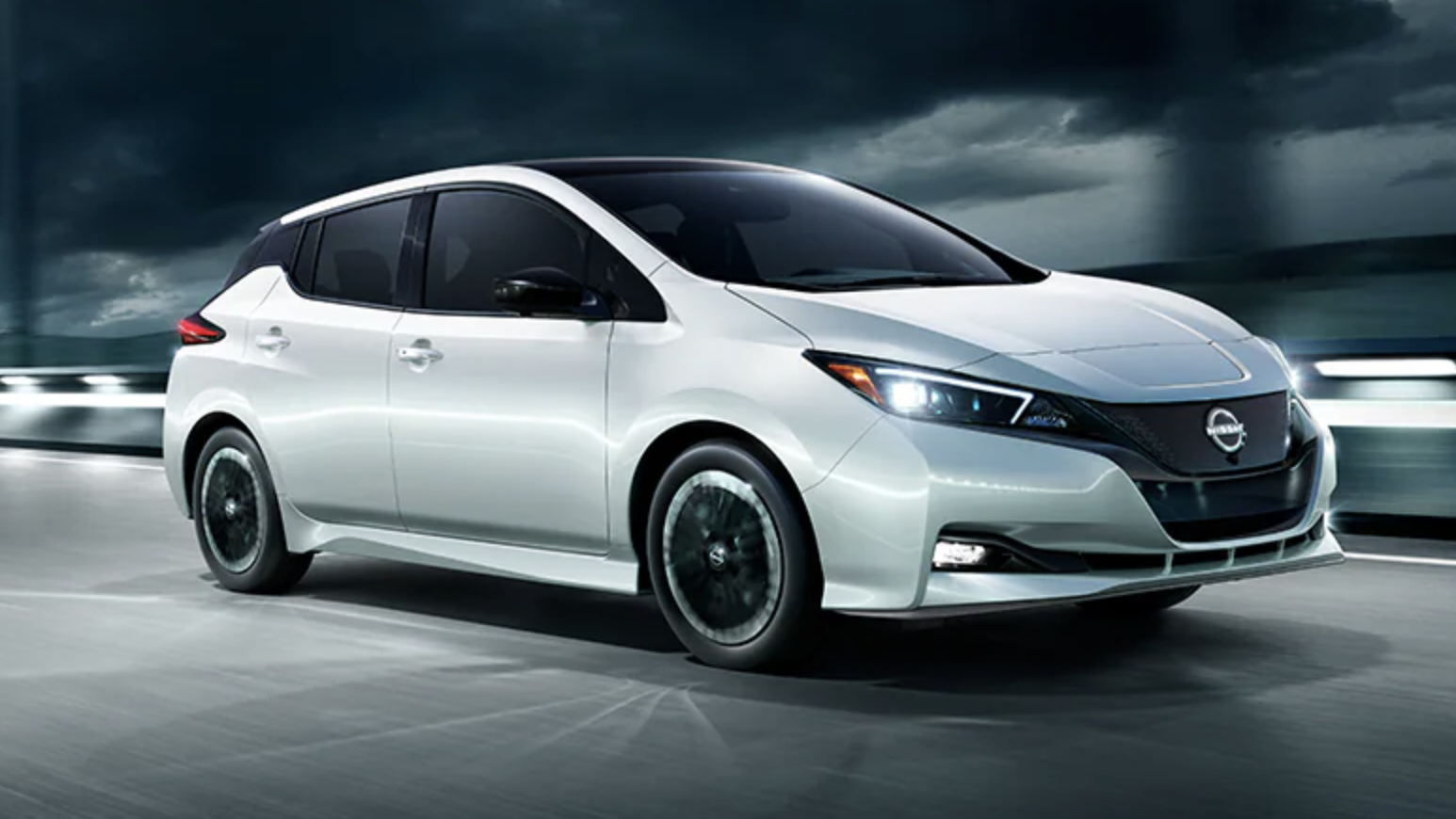
It’s worth pointing out that Nissan currently sells a 150-mile range car for about $29,000 — the Leaf S. While that’s pricier than the Slate, and it’s not a truck, it does have four doors and basic creature comforts. Nissan sells a modest 11,000-ish Leafs a year, and some of those are the 212-mile variant.
This Seems Like A Hard Sell, But Then There Is The ‘Cool Factor’
Let’s just imagine if Slate hadn’t chosen an electric powertrain, but instead a gasoline one. In theory, it’d be cheaper to make than the Ford Maverick or even the Chevy Trax or Kia Soul (obviously, these established companies have economies of scale, so it’s not quite that simple). Imagine an $18,000 pickup truck/SUV that looks as badass as the Slate? I’d walk straight to the dealership, realize that Slate doesn’t have dealerships and is selling straight-to-consumer, and order one online immediately.
Toyota offers a truck that’s not that different from the Slate in that it was built with extreme cost-saving in mind. It’s called the Toyota Hilux Champ, and the base price for the gasoline, five-speed manual (optional six-speed auto) equipped truck is just over $13,000!:
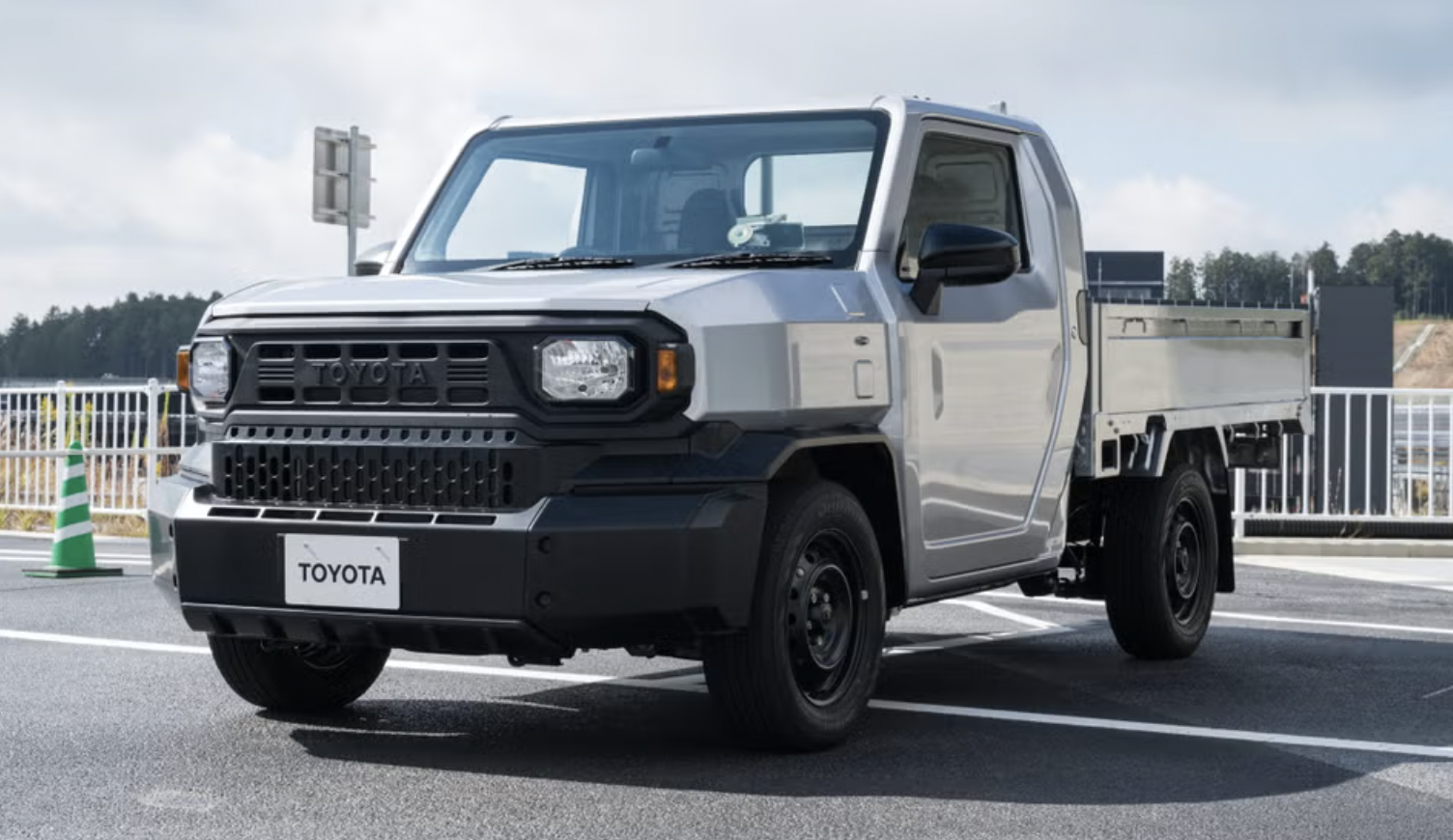
Granted, this thing is built in Thailand is only comes “70 percent finished,” per Road & Track’s interview with Toyota, but still. Even at, say, 18 grand I’d find that compelling and, importantly, usable.
Then there’s the concept of extended-range EVs, EREVs. To me, an EREV Slate would make for a more compelling high-volume “people’s car” than this BEV. You could cut the battery size from 52.7 kWh to 25 kWh, and offer an EV range of about 80 miles, which is plenty for commuters. And when those 80 miles run out, you can just run it on gasoline, making the vehicle palatable for far, far more users than a 150 mile BEV — and at about the same cost.
In 2022, when Slate started this project, the regulatory environment was different than it is now. The sky seemed to be falling for gas cars, and there was very much a “Go BEV or else” attitude in the air globally. I can sympathize with automakers on that; whereas in other nations like China, there has been a firm and united front on electrification, things in the western world are yo-yoing back and forth to no end. It’s challenging, but in a way it means you have to design a vehicle that can weather uncertainty.
And it seems to me that Slate is relying too heavily on the EV rebate sticking around and tariffs cranking up the prices of other cars in the segment. Because if it’s between even a $3-5K pricier Ford Maverick — which comes with paint, an infotainment system, power windows, and a 120-year old company reputation — and a bare-bones, two-door Slate that can only go 150 miles on a charge, it’s pretty obvious which one is the better “people’s car.”
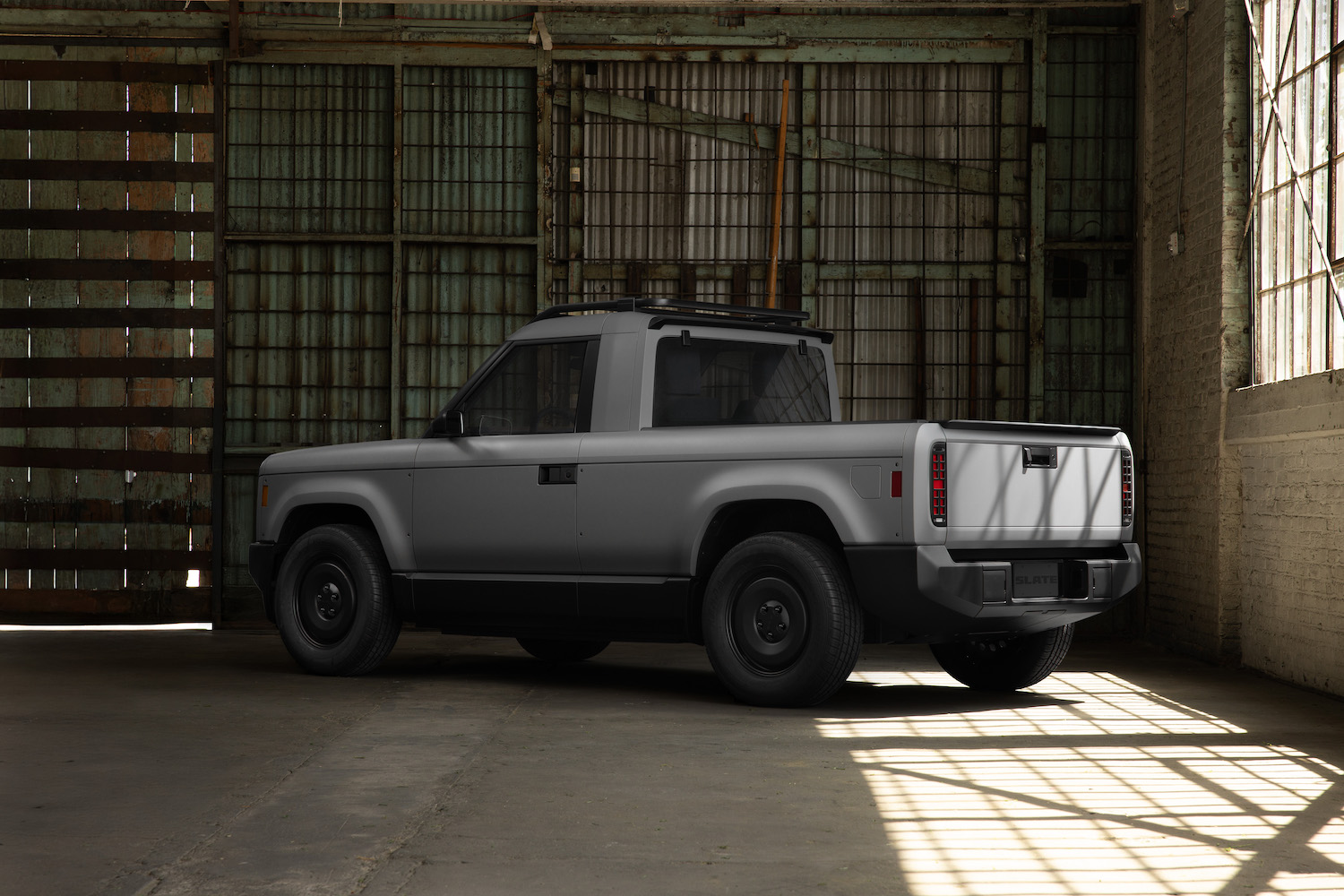
I asked Slate about this. Specifically, I asked its team: “If the tax credit disappears, what about the new Slate do you think will make it more compelling than a similarly-priced gasoline car with significantly more features? (i.e. Ford Maverick).” Here was their response:
If incentives go away, Slate will remain well-positioned in the U.S. with a strong proposition of value, safety, and customization. Slate’s commitment to American manufacturing is foundational to our business, and we are on track to a 2026 start of production, thanks to our highly experienced team and top industry partners.
The “customization” bit is one that I’m going to end on here, because even if a bargain EV doesn’t really make sense as a volume “people’s car” on paper, you can’t ignore the cool-factor.
And while I do think the Slate’s design is a little Ford Bronco Sport-ish, it is cool, and the fact that you can add features later instead of having to tick the King Ranch/Longhorn/LX box at initial purchase is extra cool.
I don’t think the Slate, as currently configured and priced, is going to become the next Volkswagen Beetle or Ford Model T, but I do think its DIY strategy for adding features, its cool interchangeable roofs that let you change body styles, its overall rugged and boxy shape, and its simplicity are deeply compelling and charming, and it will be those intangibles that could bring Slate to more roadways than pure logic might lead you to think.
I don’t know that people looking for a cheap car as their only form of transportation are going to be the ones behind the wheel, but especially if the rebate sticks around, folks like me who have another car and space at home to charge might not be able to resist a cool, brand new, two-door, fuel-saving commuter-pickup for $19 grand, even if you could get a used 300+ mile Hyundai Ioniq 5 for the same price.








